CD vs DVD have become common technology these days, and the two words often become synonymous with CD. However, these two terms actually mean different things and are made for different purposes. So, what is the difference between CD and DVD?
So, to avoid confusion, I will tell you about what kind of disks are and explain to you the main difference between CD and DVD.
CD Vs DVD
1. CD (Compact Disc)
A compact disc (CD) is an optical disc that is used to store data. They are actually made to replace the floppy disks that were used to store files and programs from the computer. CDs eventually made floppy disks obsolete.
Compact discs were independently invented by Philips and Sony, but in 1982 they teamed up to create a standard format and associated player technology (CD player).
CDs can store up to 700 MB of data, which equates to approximately 80 minutes of audio. Mini-discs have also been recorded that can store about 24 minutes of audio or software drivers. Although CDs were originally created for storing and playing sound recordings.
Well, the CD has many different types for different use released over the years, including CD-Text, CD + Graphics, CD-ROMs, Video CDs, Super Video CDs, Photo CDs, etc. All of these CDs are used for individual purposes.
There are also CDs that can only be read (CD-ROM), burned only once (CD-R), or allow the user to continuously read and write CDs as they wish (CD-RW). Standard CDs are commonly used to store songs, data, drivers, programs, and more.
Originally, CDs offered more data than a computer’s hard drive, although, in modern technology, hard drives outperform CDs by a mile.
2. DVD (Digital Versatile Disc)
DVDs are similar to CDs and are also optical storage devices. They were independently developed by Philips, Sony, Toshiba, and Panasonic in 1995. Prior to this, videos and films were recorded on a Video CD (VCD), which was available on the market since 1993.
Other formats that appeared in the same year included Multimedia CD (MMCD) and Super Density Disc (SD).
The difference in formats forced the companies to unite and set standards to support one type of format, which led to the formation of DVDs. As the price of DVDs declines, VHS tapes are becoming obsolete, offering better technology.
There are also various types of DVDs, including DVD-ROM, DVD-R, and DVD-RW, Blu-ray. When DVD players were invented, they had a reverse capability that allowed them to read CDs. However, many CD players couldn’t read DVDs, which meant that people had to buy these players on purpose.
Also, DVD discs can be double-layer and double-sided, which significantly increases the size of the drive. This allowed users to store data up to 17.08 GB on a dual-layer, double-sided disc. A single-layer, the single-sided disc contains approximately 4.7 GB of data.
Though they were originally used to store videos and movies; they are also used to store and distribute large programs that do not fit on a disk.
DVDs are in greater demand than CDs, they are used to record and store all data formats (audio, video, images, and photos), images (img, iso). Well, there is a difference between CD and DVDs in their formats and types.
Formats of DVD
DVD technology was originally based on 3 main formats, the presence of which is determined by specific requirements for various areas of DVD application: –
1. DVD-ROM is used to record data, including multimedia, used in computer technology.
2. DVD-Video is used when recording video materials for further viewing on video equipment or using a DVD-ROM drive connected to a computer. The format provides protection against illegal copying of information.
3. DVD-Audio is used when recording high-quality multichannel sound. In addition, the DVD Forum recommends additional support for videos, graphics, and other information.
There are also several types of DVDs;-
- DVD + RW (based on CD-RW recording technology)
- DVD-RW (this disc can be completely rewritten many times, but some information cannot be erased from it)
- DVD-RAM (incompatible with most playable devices, but it is more durable and can be rewritten many more times than other discs)
- DVD + R (can be written once, it has no obvious differences from DVD-R, but a drive that reads DVD + R / RW will not be able to read DVD-R / RW and vice versa)
The Innovation Effects – The development of new technologies like Hard drive, Pen drive, and SSDs like SATA, NVMe, etc leads DVD and CD discs gradually going out of fashion. Nevertheless, it is completely premature to talk about their “death”: they are still present on store shelves, donated for birthdays, and purchased for personal use.
Now let’s know how DVD differs from the CD and uncover the difference between CD and DVD.
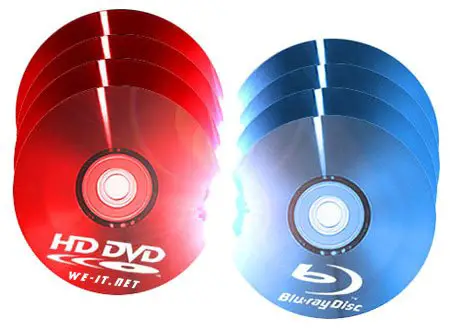
10 Difference Between CD and DVD
Basis of Differences | CD | DVD |
1. Means | CD is an optical disk intended for storing digital information. | DVDs are similar to CDs and are also optical storage devices. |
2. Full form | Compact Disc | Digital Versatile Disc |
3. Storage Capacity | The capacity of a regular CD is only 640-700 MB commonly used for audio and program files. | The capacity for storing data is from 4.7 GB to 17.08 GB data. |
4. Cost and Speed | CDs are usually slightly cheaper than DVDs. Therefore, it is faster and more profitable to use the former to record a small amount of information. | DVDs are more expensive and less speed compared to CDs, but still people buy DVDs. |
5. Pits Layer | CDs are always single-layer and single-sided. | DVD has 4.7 GB is a single-layer DVD, 8.5 GB is a single-sided dual-layer, and 17 GB is a double-sided dual-layer. |
6. Laser Wavelength | The laser wavelength for reading and burning a DVD is 650 nanometer. | While the laser wavelength for reading and burning a CD is 780 nanometer. |
7. Error correction codes | CIRC and EFMP are the correction codes of CD. | RS-PC and EFMplus are the correction codes of DVD. |
8. Data Transfer Rate | In CD Data Transfer Rate ranges from 1.4 to 1.6 Mb/Sec. | In DVD Data Transfer Rate is up to 11 Mb/Sec. |
9. Thickness | CD thickness is 1.2 mm. | DVD thickness is 0.6 mm. |
10. Disc Formats | The available formats CDs are CD-Text, CD+Graphics, CD-ROMs, Video CDs, Super Video CDs, Photo CDs, etc. | The available formats of DVDs are DVD-Rom, DVD-Video, DVD-Audio, DVD games, etc. |
Key Differences Between CD and DVD
- Recording on a regular CD goes in one layer while DVD allows you to write data in two layers. Of course, such a disk contains much more information. For security purposes on cd vs dvd: DVDs are much easier to protect from pirates.
- Recall the difference between DVD-R and DVD-RW discs. The former can be recorded only once, information from the latter can be deleted by writing something else there.
- Recording on discs is done using a red laser, which starts from the center and gradually moves to the edge. Such a device is present in almost all personal computers and laptops.
- In our music store, discs are sorted by genre, topic, artist. You can quickly find the drive you want without going through the entire directory. In addition, there is a short description for each disc, where you can find information about the artist and the album, study the output.
- CD vs DVD in popularity: Discs are still popular gifts. There are a lot of people who collect music and films, and they, as a rule, do not buy the first editions they come across but tend to purchase some kind of exclusive version.
- For such collectors – and for their loved ones who are going to make gifts – special sets are issued: with additional tracks, in a special design. Selling gift and collection discs is one of the main sources of profit for our store.
- As we already know, a regular CD contains 700 MB of data (much less often there are discs with a capacity of 650, 800, 900 MB). The classification of DVD in this respect is more diverse: the most common DVD-5 with a capacity of 4.7 GB, DVD-9 (8.5 GB), DVD-10 (9.4 GB), rare DVD-18 (17 GB), HD DVD (up to 30 GB).
- With all this, the dimensions, materials, and shape of the optical carrier itself are absolutely the same for all types of discs: 120 mm – diameter, 1.2 mm – thickness.
- Information is recorded on a plastic base covered with a layer of metal by means of a laser – depressions of different lengths are created, arranged in spirals in paths. A transparent layer of varnish does not interfere with the passage of the beam but protects the plastic from damage.
- When reading, the pits (pits) absorb light, and the undeformed base reflects, and these signals are interpreted by the receiving device.
- The figure clearly shows the difference between CD vs DVD. On the first disk (standard 700 MB), the grooved tracks are located at a distance of 1.6 µm from each other, on the second there is only 0.74 µm between them; pit length 0.8 – 3.1 microns and 0.4 microns, respectively. The seal allows you to place more information.
FAQs
How is a DVD different from a CD?
Recording on a regular CD goes in one layer while DVD allows you to write data in two layers. Of course, such a disk contains much more information. In addition, this technology has a positive effect on security: DVDs are much easier to protect from pirates.
Which is better CD or DVD?
DVDs, because they are in greater demand than CDs, they are used to record and store all data formats (audio, video, images, and photos), images (img, iso). Also, DVD discs can be double-layer and double-sided, which significantly increases the size of the drive. This allowed users to store data up to 17.08 GB on a dual-layer, double-sided disc.
When were CDs invented?
Compact discs were independently invented by Philips and Sony, but in 1982 they teamed up to create a standard format and associated player technology (CD player). They are actually made to replace the floppy disks that were used to store files and programs from the computer.
When was the DVD invented?
DVDs were independently developed by Philips, Sony, Toshiba, and Panasonic in 1995. Prior to this, videos and films were recorded on a Video CD (VCD), which was available on the market in 1993.
How much data can a CD hold?
Discs can store up to 700 MB of data, which equates to approximately 80 minutes of audio. Mini-discs have also been recorded that can store about 24 minutes of audio or software drivers. Although CDs were originally created for storing and playing sound recordings.
Are DVDs becoming obsolete?
Yes, CDs eventually made floppy disks obsolete.
If you liked the insights of this article; “What is the difference between CD and DVD?”. You can also share on social networks.

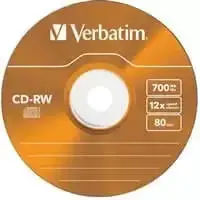
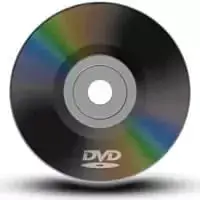
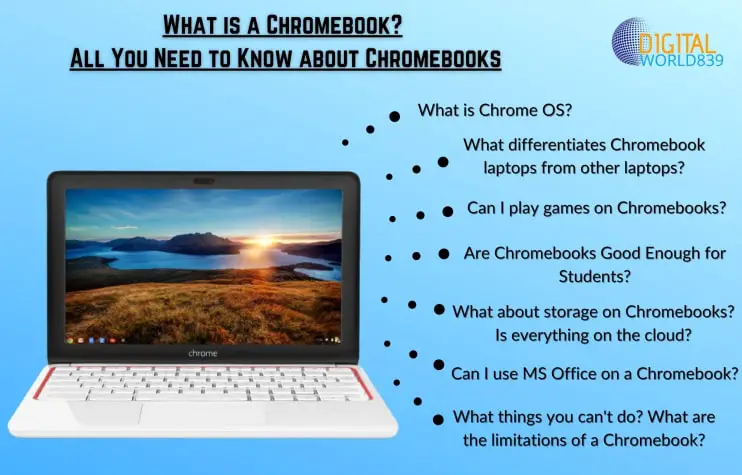
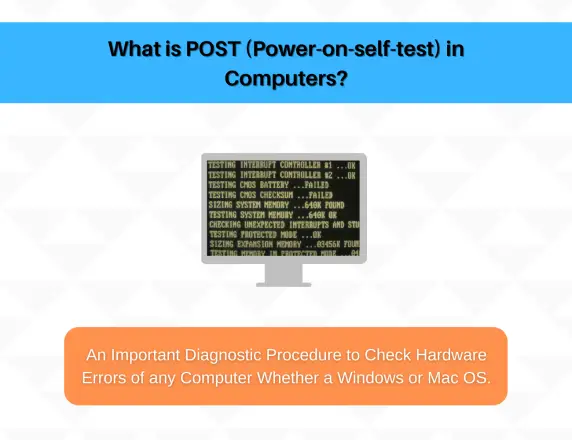


what are the advantages of DVD comparing to CD
Hii Dk, the DVD has the same size as a CD-ROM, but a DVD offers many benefits over CD and videotape. For example, since DVD uses a higher testing rate and can store more data, it produces a richer, fuller sound and delivers a much quality video image than the CD.